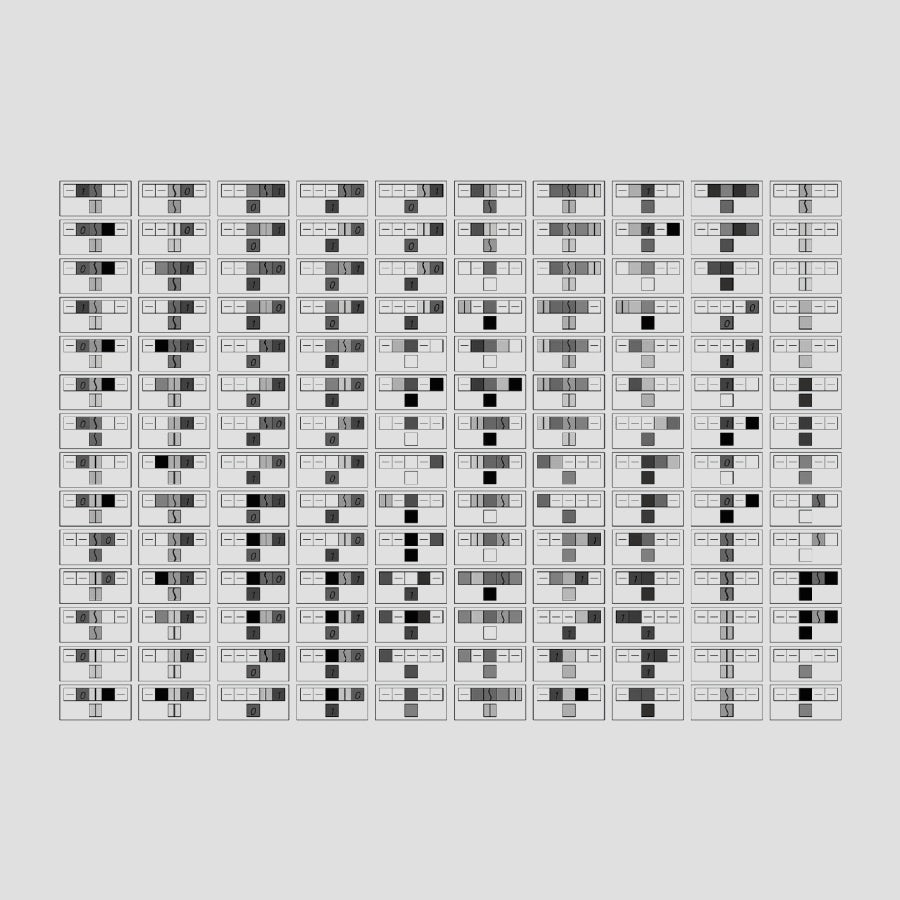The mathematical structure of genetic computation
Understanding genetic computation using regulatory motifs, a new kind of structural and functional building block of gene regulatory networks.
The development and maintenance of living organisms requires a considerable amount of computation. This is performed at the molecular level through gene regulatory networks. But we have little understanding of how this computation is organised: the existence of computational modules and how they combine to perform more advanced computation.
In this project, we introduce and study regulatory motifs, a new kind of structural and functional building block of gene regulatory networks. They are a consequence of the bipartite nature of genes and transcription factors. Just as the global network structure is a combination of these regulatory motifs, the global network function is a combination of the biological logics that these motifs can carry out. We study the mathematical properties of these regulatory motifs, such as their restricted range of logics and their tendency towards simple logics.
Genetic computation is responsible for the creation of body structures, the determination of cell identity and resilience to environmental fluctuations. Regulatory motifs help us understand how this computation is built up. This opens the door to the creation of interventions for existing genetic circuits, and synthetic genetic circuits with novel function.




LCP












Papers in this project
In life, there are few rules
The bipartite nature of regulatory networks means gene-gene logics are composed, which severely restricts which ones can show up in life.
Structure of genetic computation
The structural and functional building blocks of gene regulatory networks correspond, which tell us how genetic computation is organised.